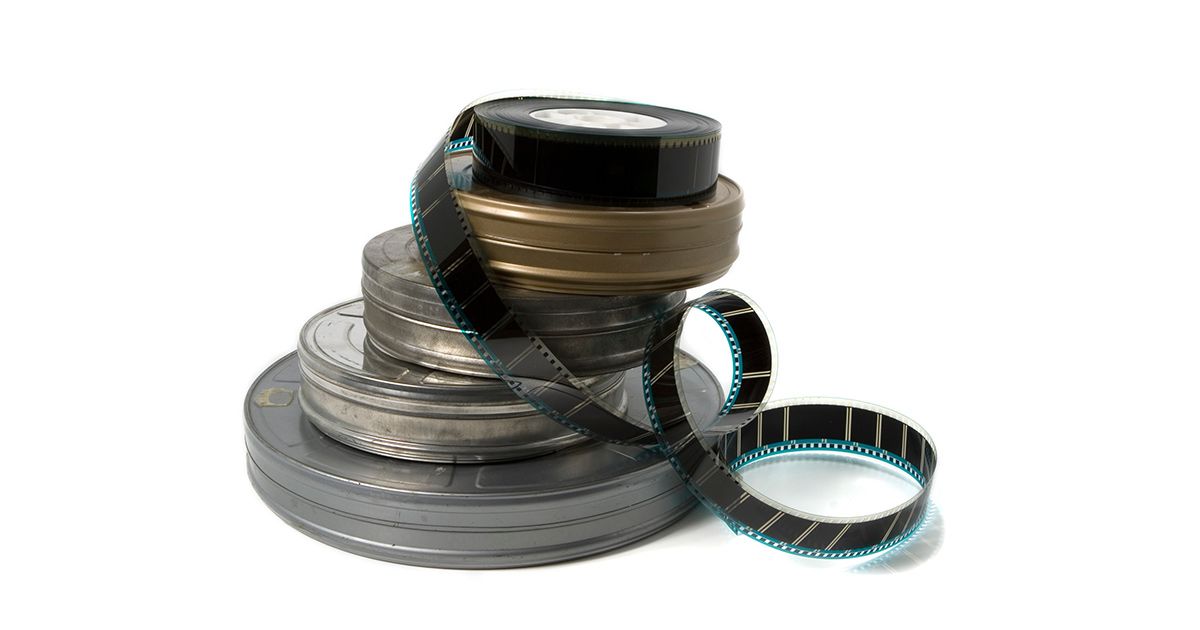What is a Photogram? History, Types and Uses

Discover what a photogram is, its historical evolution and the different types with their applications.

In the world of cinema, the term frame is essential. It is used to describe a single image in a sequence of images that make up a film. But what does this concept actually imply? In this article, we tell you in detail what a frame is in film, its history, its uses and the different types that exist.
What is a frame in film?
In the context of cinema, a frame is one of the many still images that make up a film. Each frame is an individual snapshot that, when played in rapid succession along with other frames, creates the illusion of movement. In other words, a frame is equivalent to one frame in a film.
History of stills in film

Stills in cinema have their origins in the first cinematographic experiments of the late 19th century. Pioneers such as the Lumière brothers used cameras to capture sequences of moving images, which were then projected onto screens.
Initially, frames were captured on celluloid film. Each frame was an image printed on the film and when projected at a speed of around 24 frames per second, they created the illusion of continuous motion.
With the advancement of technology, digital photography has begun to replace film as the medium for capturing frames in cinema. High-definition digital cameras can record and store frames in digital format, offering greater flexibility and quality in film production.
What are frames used for in film?

Frames in film serve a variety of fundamental functions:
- Modify the speed of images: filmmakers can manipulate the playback speed of frames to create slow or fast motion effects, which affects the perception of time on screen.
- Generating special effects: Frames are the basis for creating special effects in film. From explosions to fantastic creatures, special effects transform the reality captured on screen.
- Setting the scene: stills are also used to establish the mood and atmosphere of a scene. The lighting, framing and colour of frames can influence the emotional feeling conveyed by a film.
- Creating interpolations: In video editing, frames can be used to create interpolations between two consecutive frames, smoothing out movements in a scene.
Types of frames in film and their uses

Within the filmmaking process, several types of frames are used, each with specific functions and characteristics:
- Key frame: we start with the basics. Key frames are referred to as key frames in animation and visual effects. They are designed to contain key information, such as important positions of characters or objects. They are characterised by a black dot in the centre or, alternatively, a vertical line.
- Normal frame: These are the frames that follow the key frames. They do not introduce new content, but maintain the continuity of the sequence. They are presented in shades of grey.
- Container frame: These frames represent reference points in the timeline of the film. They are not considered when rendering the project and their purpose is to structure the narrative. Most of them are white, with the exception of one in five, which is grey.
- Empty frame: This is the name given to those frames that have no visual content. Although white in appearance, they are distinguished from container frames by the lack of vertical grey lines (they do have vertical lines, but they are black).
- Tagged frame: These are frames that include a mark at the top that indicates an associated name. They are used to identify specific sections of the film. If the length allows, it is possible to read what it says.
- Tagged frame: Identified with an ‘a’ at the top, these frames contain specific actions associated with them. These actions can be essential to changes in the film and are often initially hidden.
- Tagged frame: the last frames we are going to talk about can be divided into two types, those of motion animation, which are distinguished by their purple colour and represent the displacement of objects, with or without effects, and those of shape animation, which stand out for their green colour and show some kind of change in the objects throughout the movie.
Now that you know everything you need to know about stills, here are some other links that may be of interest to you if you like the world of cinema:
- Online Photography & Video courses
- Introduction to Film Direction
- Types of Camera Angles in Film





0 comments